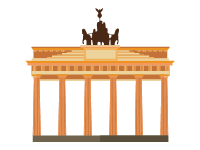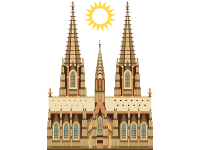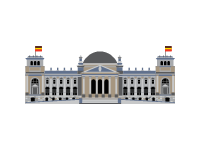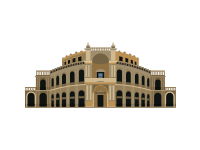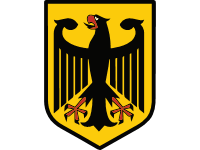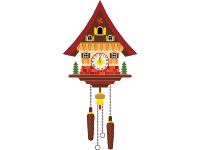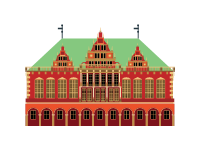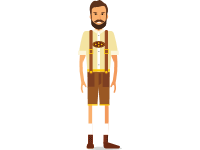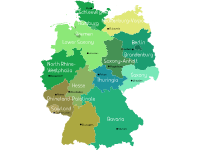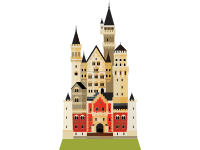Begun in 1248, the building of this Gothic masterpiece took place in several stages and was not completed until 1880. Over seven centuries, its successive builders were inspired by the same faith and by a spirit of absolute fidelity to the original plans. Apart from its exceptional intrinsic value and the artistic masterpieces it contains, Cologne Cathedral bears witness to the strength and endurance of European Christianity. No other Cathedral is so perfectly conceived, so uniformly and uncompromisingly executed in all its parts.
Cologne Cathedral is a High Gothic five-aisled basilica (144.5 m long), with a projecting transept (86.25 m wide) and a tower façade (157.22 m high). The nave is 43.58 m high and the side-aisles 19.80 m. The western section, nave and transept begun in 1330, changes in style, but this is not perceptible in the overall building. The 19th century work follows the medieval forms and techniques faithfully, as can be seen by comparing it with the original medieval plan on parchment.
The original liturgical appointments of the choir are still extant to a considerable degree. These include the high altar with an enormous monolithic slab of black limestone, believed to be the largest in any Christian church, the carved oak choir stalls (1308-11), the painted choir screens (1332-40), the fourteen statues on the pillars in the choir (c. 1300), and the great cycle of stained-glass windows, the largest existent cycle of early 14th century windows in Europe. There is also an outstanding series of tombs of twelve archbishops between 976 and 1612.
Of the many works of art in the Cathedral, special mention should be made to the Gero Crucifix of the late 10th century, in the Chapel of the Holy Cross, which was transferred from the pre-Romanesque predecessor of the present Cathedral, and the Shrine of the Magi (1180-1225), in the choir, which is the largest reliquary shrine in Europe. Other artistic masterpieces are the altarpiece of St. Clare (c. 1350-1400) in the north aisle, brought here in 1811 from the destroyed cloister church of the Franciscan nuns, the altarpiece of the City Patrons by Stephan Lochner (c. 1445) in the Chapel of Our Lady, and the altarpiece of St. Agilolphus (c. 1520) in the south transept. Cologne Cathedral has lost its original architectural context, but in the nineteenth and twentieth century an urban ensemble has been created around it, of which the building of the new Wallraf-Richartz-Museum is the last element. Form and design, use and function of Cologne Cathedral have remained unchanged during the centuries of construction. All the work, from the 13th to the 19th century, was carried out with scrupulous respect for the original design, and this tradition was continued in the post-World War II reconstruction. In this respect, Cologne Cathedral may be considered to be sui generis and hence its authenticity is absolute.
